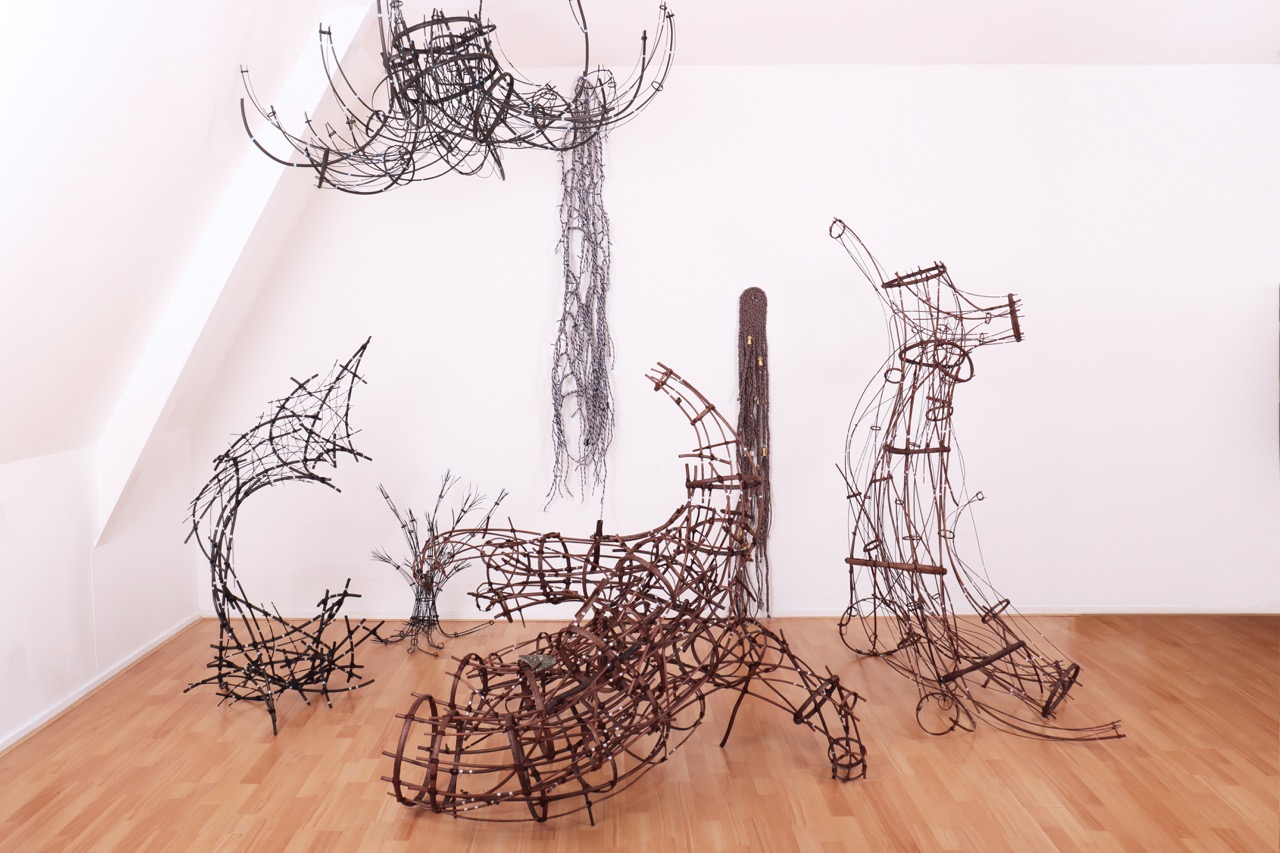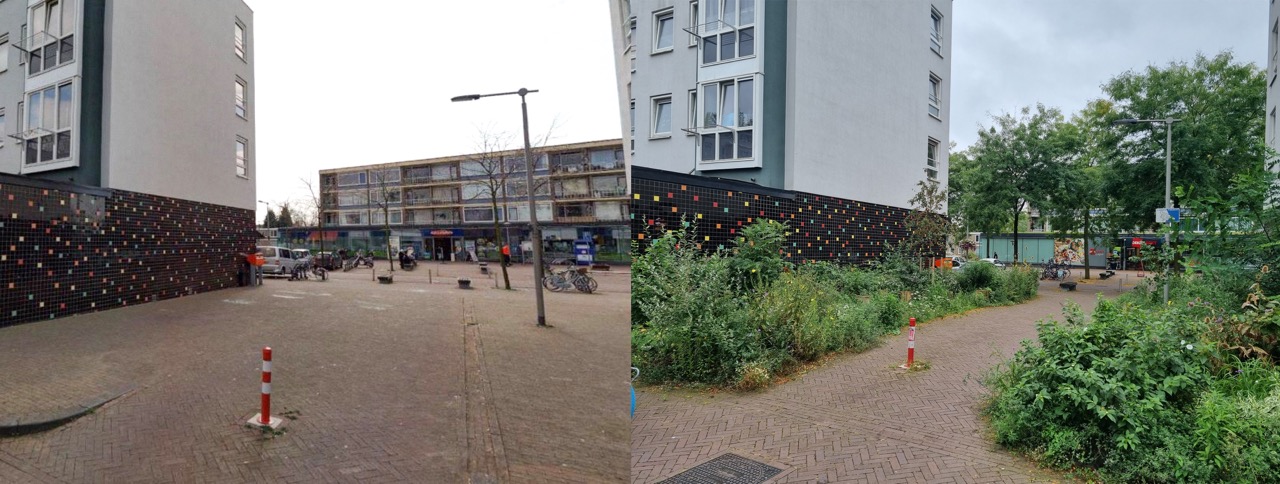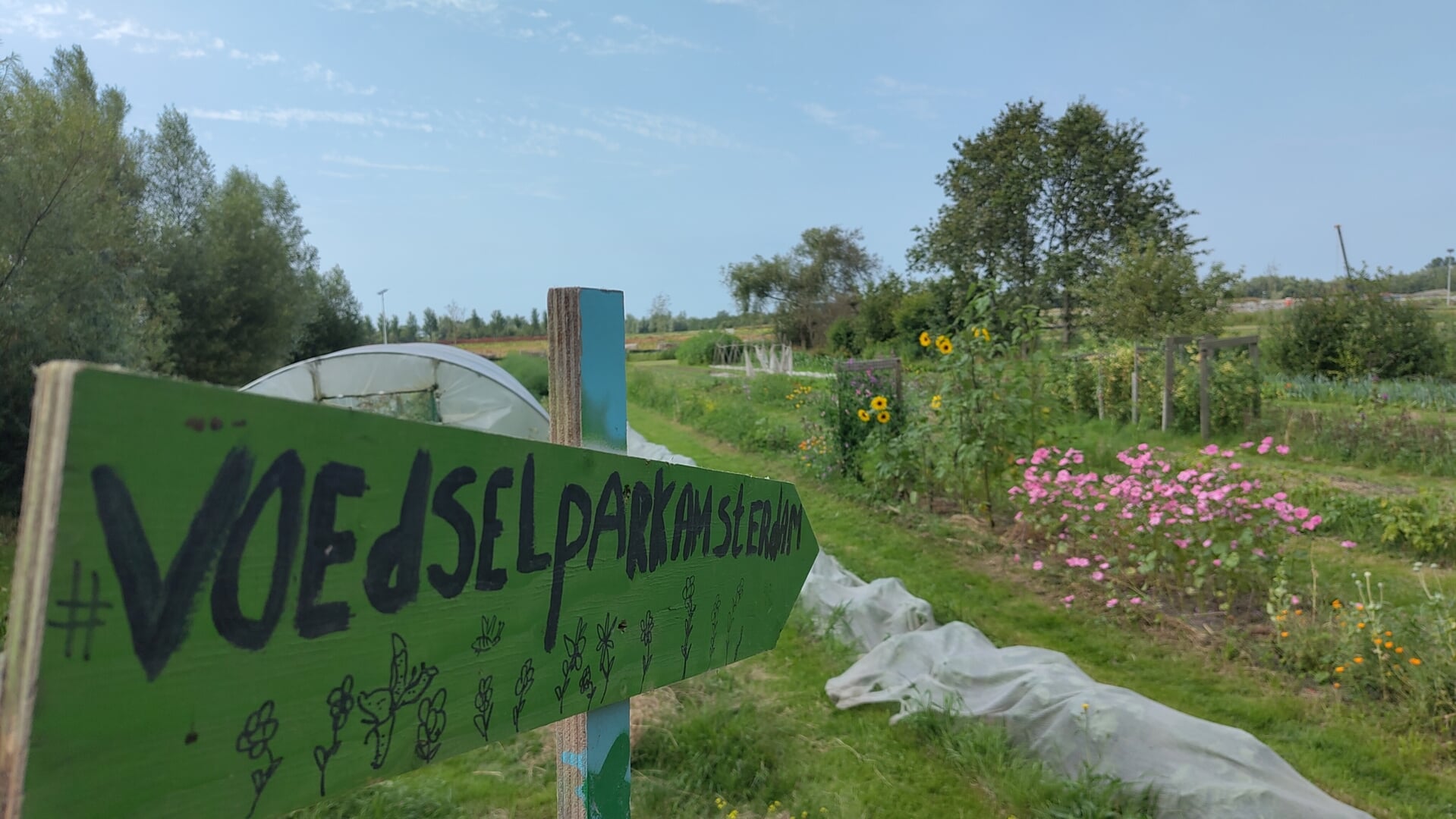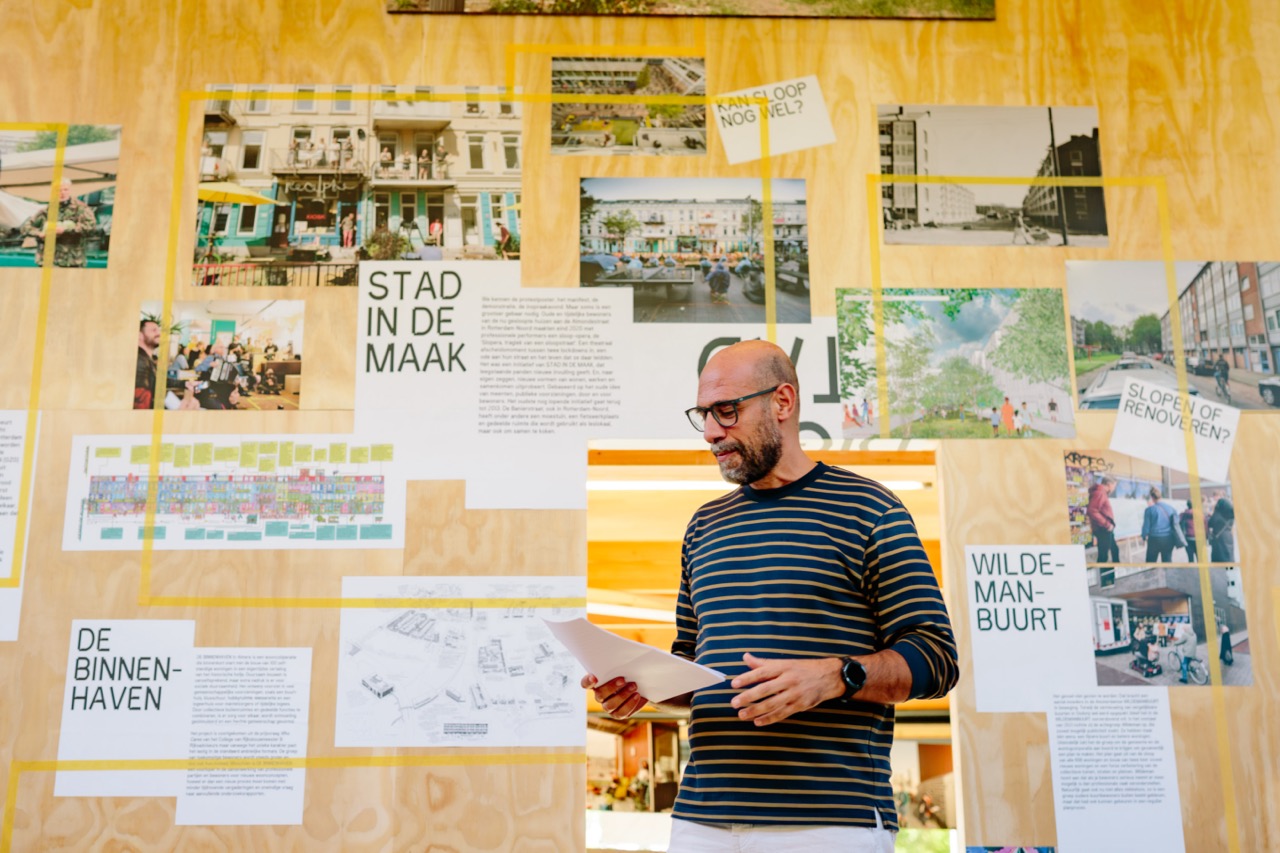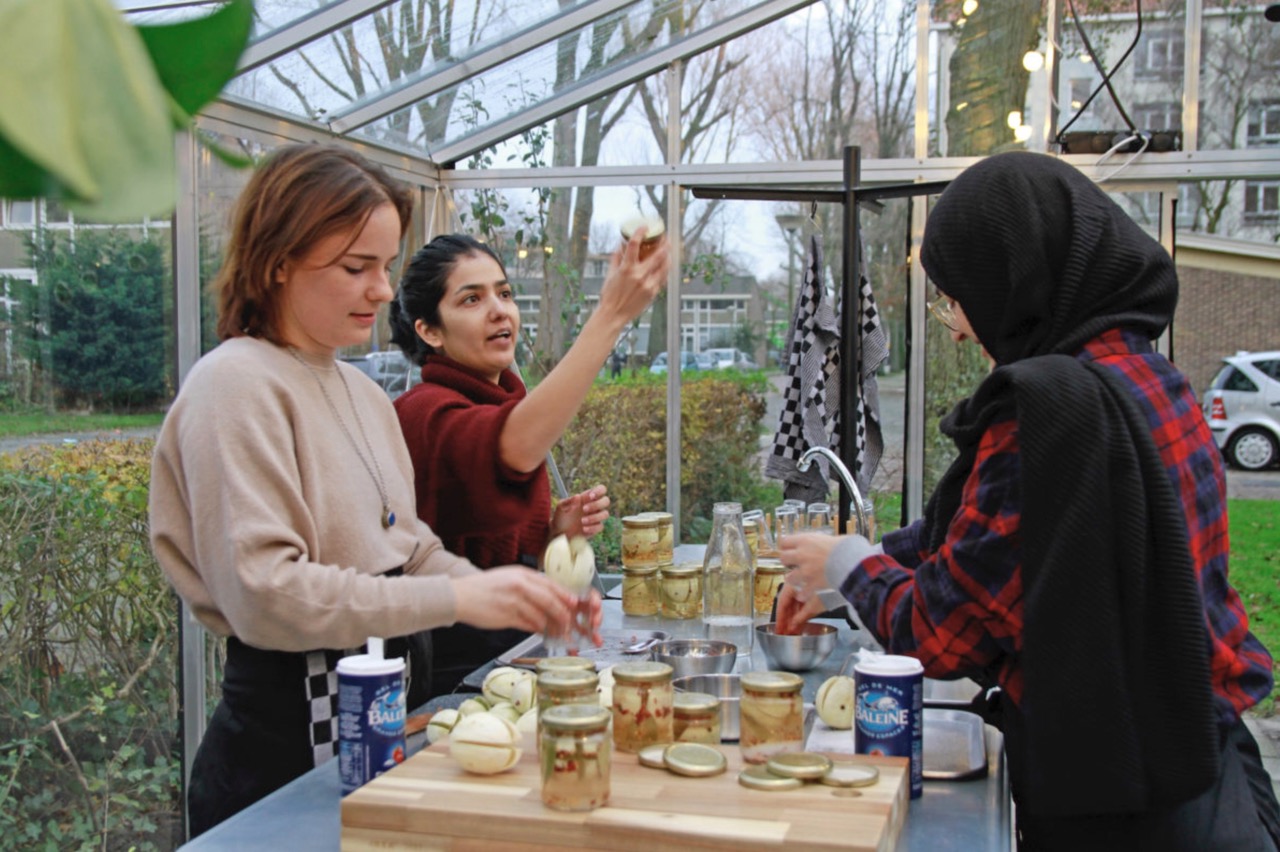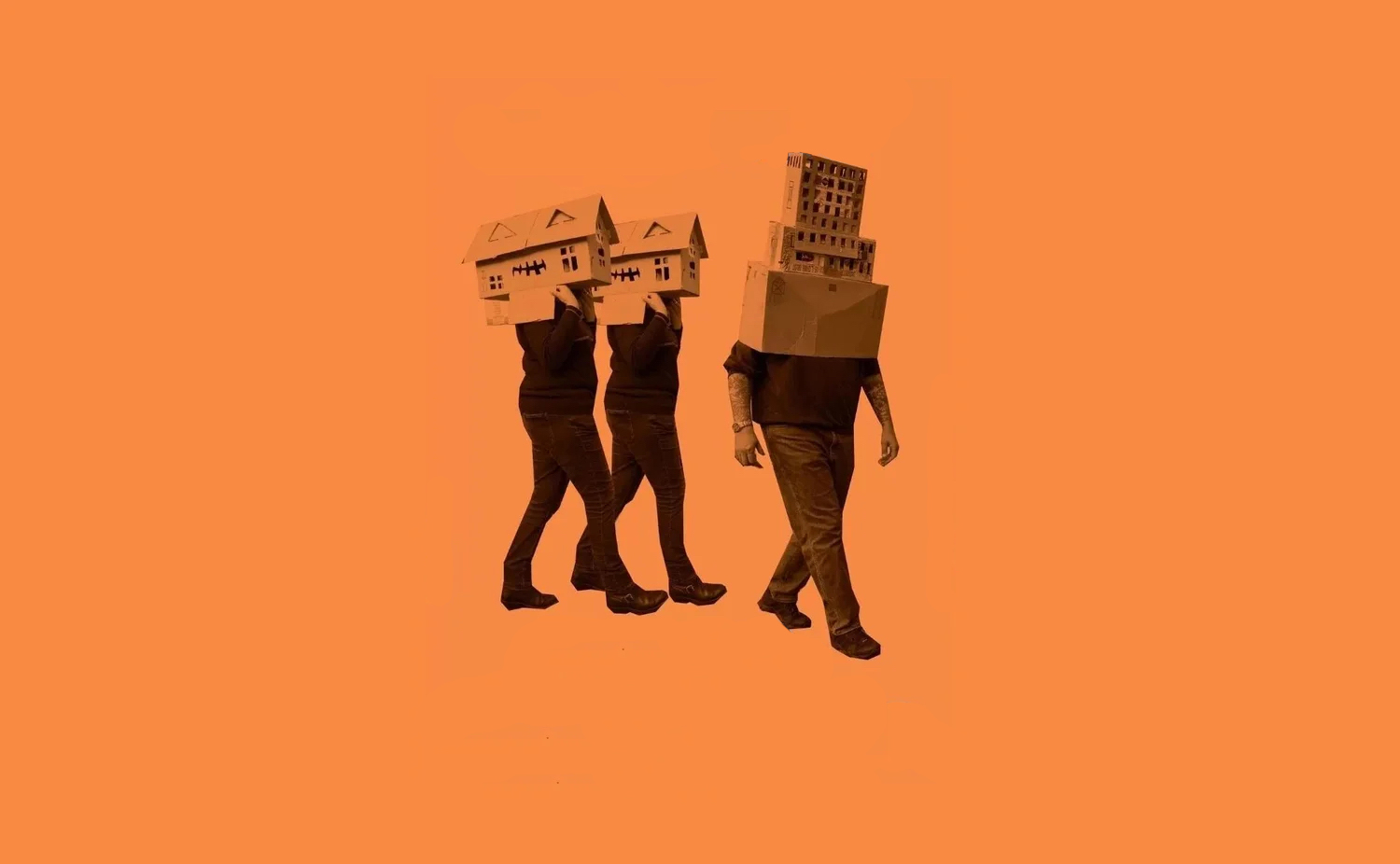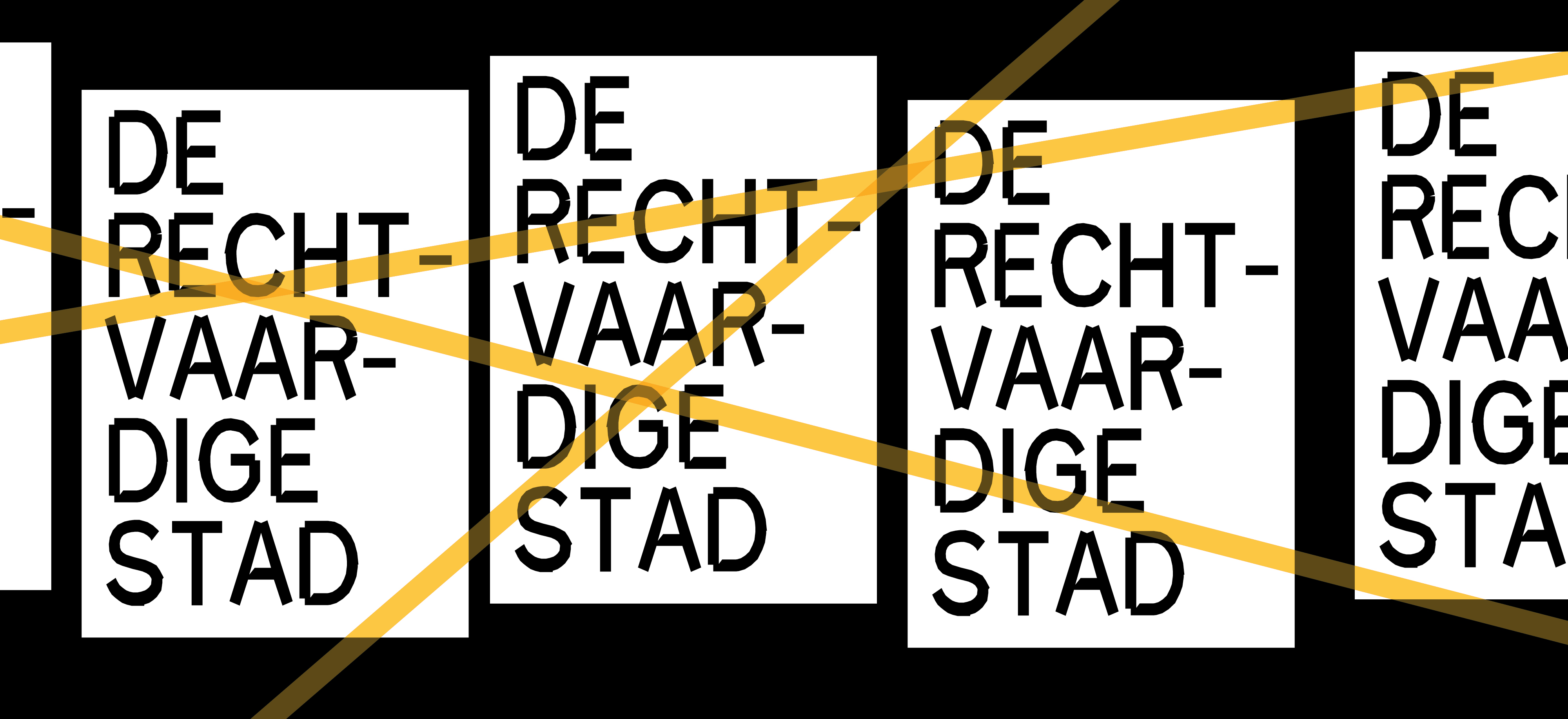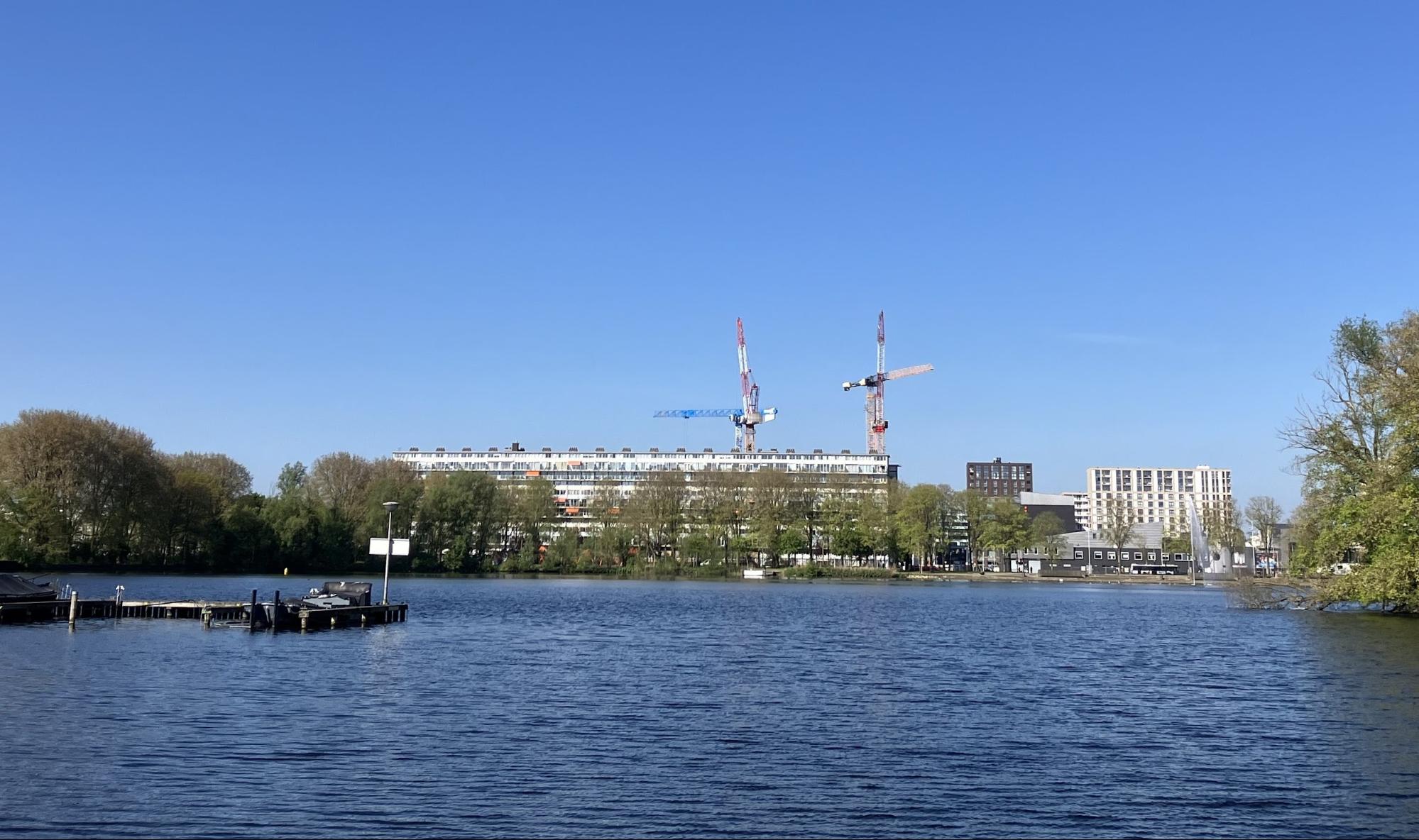
Cornelis van Eesteren
and Jakoba Mulder
The Garden Cities
Cornelis van Eesteren
Cornelis van Eesteren was born in Alblasserdam in 1897. In 1914, he studied architecture at the Academy of Fine Arts and Technical Sciences in Rotterdam. On a study trip through Europe, he comes into contact with many international architects and designers. He decides he wants to become an urban planner and is therefore training in Paris. In 1921, he won the Prix de Rome with his design for an Institute of Fine Arts. The prize includes a trip across Europe. In Berlin and Weimar, Van Eesteren meets a new generation of architects, designers and artists, including Erich Mendelsohn, Adolf Behne, Hans Richter and Walter Gropius. He worked with artist Theo van Doesburg for some time. In 1925, he won a design competition for Unter den Linden in Berlin. This marked his international breakthrough. A few years later, Van Eesteren started working for the Municipality of Amsterdam. From 1930 to 1947, Van Eesteren chaired the Congrès Internationaux d'Architecture Moderne (CIAM), and in 1933 he organized the fourth conference with the theme “The Functional City”, separating the four functions: living, working, traffic and recreation.
“The sole purpose of our efforts is to develop architectural and urban planning methods that suit both the needs and technical resources of our time, in order to contribute to a healthier and happier environment for people.”
In addition to his share in the CIAM, Van Eesteren's vision is in line with the pioneers of “New Building” and “De Stijl”. The ideal of the New Building was to create a - timeless - democratic architecture that meets the needs of citizens. De Stijl was an art movement whose founder, Theo van Doesburg, wanted to get closer to a “universal truth” by building abstract images from surfaces and lines in primary colors.
Jakoba Mulder
Jakoba Mulder was born in Breda on March 2, 1900. In 1918, she was one of the first women to study architecture at the Technical University in Delft and became chairman of the Delft Women's Student Association in 1925. In 1926, she won an award for a new fire station. The jury praised her design for its tough male mind and was therefore extremely surprised when she announced herself as a prize winner.
“The assignment wasn't exactly romantic: a fire station is simply not a kindergarten.”
Due to her status as an unmarried woman, Mulder was able to work at the Urban Development Department of the Department of Public Works in Amsterdam in 1930. There she started as an adjunct architect and worked with architects such as Lohuizen, Van Eyck and Van Eesteren. During her work, she made numerous iconic designs, such as the Amsterdamse Bos, the Beatrix Park and the play ponds on Gibraltarstraat and Bellamy Square. In all her designs, she put the social well-being of people first. Mulder worked closely with Van Eesteren on the AUP. In 1958, she was the first woman to succeed Van Eesteren as head of Urban Development. At that time, she was mainly involved in the development of Zuidoost, calling for a combination of low, medium and high-rise buildings. However, chief designer Siegfried Nassuth forced that 'De Bijlmer' should mainly be high-rise buildings. Mulder loses the battle and retires, although she continues to lecture across the country. She died on November 5, 1988, at the age of 88.
General Expansion Plan
In 1928, the Urban Development Department of the Department of Public Works in Amsterdam was established. This department looked at the plan for the expansion areas west and south of Amsterdam. The reason for the expansion plan was the housing crisis that Amsterdam was in until the end of the 19th century. In 1935, the General Expansion Plan (AUP.) was adopted. Van Eesteren included a number of things in the design. For example, through facilities in the neighborhoods — shops, schools, parks, churches, etc. — he wanted to offer residents a high degree of independence from the old city. Through traffic and neighborhood traffic were separated; mainly shops were planned on main roads and as few homes as possible. High-rise and low-rise buildings alternated, with high-rise buildings providing “prominent points” between the low-rise single-family homes in the neighborhood. All of this had to be optimally oriented in relation to the sun. The new principles and ideals were summarized in: “light, air and space”.
Garden Cities
The Western Garden Cities is the best-known elaboration of the General Expansion Plan (AUP) Van Eesteren played a major role in the realization of this, with a team of urban planners, including Theo van Lohuizen and Jakoba Mulder, a future plan was devised for homes on the outskirts of Amsterdam. Jakoba Mulder's role remained invisible in this story for a long time. She succeeded Cornelis van Eesteren as head of the Urban Development Department at the Department of Public Works in Amsterdam and thus had a major influence on the development of Amsterdam in the second half of the twentieth century.
1936—1965
Bos en Lommer
Bos en Lommer can be considered a precursor to the Western Garden Cities. The urban plan for Bos en Lommer was developed between 1930 and 1933. In 1936, the construction of Landlust, a first experiment with a large building block with a courtyard by Mien Ruys, began. The rest of Bos en Lommer followed two years later.
Bos en Lommer was the first neighborhood where new ideas about urban planning were applied on a larger scale, for example by using strip construction. Furthermore, the lots were partly built with (semi-open) residential blocks. Due to the crisis, the plans for Bos en Lommer had to be adjusted. The prices of the land became so high that it had to be built in a higher density. There is therefore less “light and air” between the strips than originally planned. The western part was created after the war, this part is now called the Kolenkit neighborhood, after architect Marius Duintjer's remarkable Resurrection Church.
1951—1965
Slotermeer
On October 7, 1952, Queen Juliana opened the second western garden city, Slotermeer. The first residents were mainly workers from the busy city center or the countryside. In the post-war neighborhood, there was plenty of space, greenery and water for a pleasant living environment. In the heart of Slotermeer is the lively Plein '40-'45 with many shops owned by local entrepreneurs, a daily market, the 'Tuinstadhuis' (district office since 1990), hotels and a small port.
Although there has been no large-scale demolition and new construction in Slotermeer, iconic buildings have been renovated, such as the Paint Boxes and the Airey homes. A number of new construction projects have also been added to the streetscape. For example, the multifunctional community center De Honingraat on Slotermeerlaan, or De Heldring school building at Gerbrandypark. Fortunately, you can still experience the atmosphere of the early years of the neighborhood. The municipal protected cityscape, known as the Van Eesteren Outdoor Museum, is a good example.
1953—1965
Geuzenveld
In the mid-fifties, the garden city of Geuzenveld was realized. The six neighborhoods around Lambertus Zijlplein were all designed by a different architect. The only thing the six architects agreed on was that the houses should not be too frivolous. Due to the different views, Geuzenveld has become a varied neighborhood with a mix of post-war homes in the social rental sector and new homes for sale.
Of the new building, the Parkrand Building at the Eendrachtspark stands out the most. Also worth mentioning are the Amsterdam H-type schools, which derive their name from the H-shaped plan. In these designs, the classrooms are located in the sun in such a way that a lot of light comes in. The district borders the Bretten Zone and Gardens of West nature and recreation areas. On the edge between the city and the polder, there is a block of six studio houses. The creatives are still part of Geuzenveld, just like the many students.
1954—1965
Slotervaart
Meanwhile, the Slotervaart district was built on the other side of the Sloterplas. The district owes its name to the former waterway that once connected the Overtoomse Sluis to the village of Sloten. Slotervaart's architecture is a mix between low-, medium- and high-rise buildings. The sawtooth houses are by far the best known of post-war construction. The houses with the zigzag facades have been nicknamed “Blueband Village” because of the recognizable blue frame of the roof. The large Sloterhof complex, built in 1959, is now a national monument.
Klusflat Klarenstraat is a national example project of how a post-war portico apartment can be transformed into a differentiated residential building by buyers themselves. The central axis in the district is Johan Huizingalaan, a busy street with shops and restaurants. There are also offices in Slotervaart, such as the Rieker Business Park, where IBM had its headquarters for a long time.
1955—1965
Overtoomse Veld
The construction of the next garden city began as early as 1959: the Overtoomse Veld. East of this district is the Rembrandt Park, as a green buffer with the pre-war city. The streets in this district are named after Dutch painters and artists, centered on August Allebe Square. Like the nearby Slotervaart district, Overtoomse Veld consists of a mix of low-, medium- and high-rise buildings.
Urban renewal is still underway here. The focus is on an environment with a lot of mix of functions, high density and closed building blocks. Originally, the district already had many different functions and facilities focused on the entire city. Such as the GVB bus depot, the World Fashion Center and hospitals.
1957—1965
Osdorp
Osdorp is the last garden city in the Western Garden Cities. From all garden cities, residents come to shop at Osdorpplein and go to the theater in De Meervaart. In 1960, a special stake was driven into the ground on Saaftingestraat: the 100,000th of the Western Garden Cities.
Of all garden cities, Osdorp has the most eye-catching Skyline, especially from the Sloterplas. In the 1960s, high-rise buildings mainly met the continuing demand for housing. Torenwijck is called the “gold coast”. And the flats on the Notweg were a novelty for the time, with elevators, chutes and even an ingenious rack to hide laundry on the balcony. Technological progress and modernization have not stood still and a few beautiful new construction projects have now been realized. The Oklahoma building on the Ookmeerweg is an attraction for architecture enthusiasts, where the floating floors in particular are special elements. The aluminum-colored Schutterstoren on the Oeverpad is also remarkable.
1950—1965
Other Garden Cities
The importance of green
Green plays an important role in the General Expansion Plan. For the first time in European history, green became a determining factor in the urban design of a city. At that time, Groen changed from a privilege of the few to a matter of course for everyone. The AUP is based on the concept of Garden City, which came from England at the time, inspired by architect Ebenezer Howard. The Urban Development Department expanded on this idea in the 1920s. According to functionalist principles, living, working, traffic and recreation were organized and usually separated from each other. The greenery in the Western Garden Cities is designed as continuous green from the home to the large scale of the landscape. Most homes in the Western Garden Cities are located on a communal courtyard, or a green court. There are many parks in the Western Garden Cities. The Urban Development Department strived to ensure that every resident in the new garden cities would find a park within 800 metres of his or her home. For example, the Gerbrandypark, Eendrachtspark, Rembrandt Park and Osdorp District Park, but Westgaarde Memorial Park is also an important green oasis, not to mention the Sloterplas!




Downloads







Related
programs















